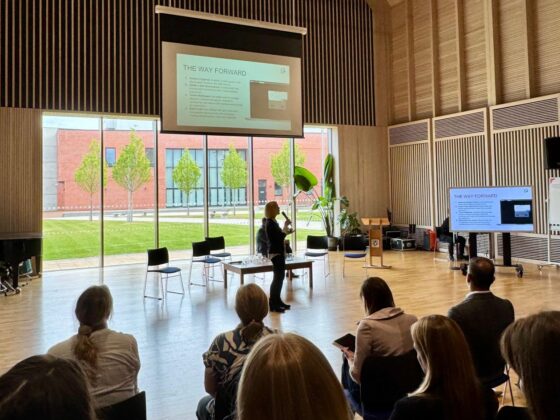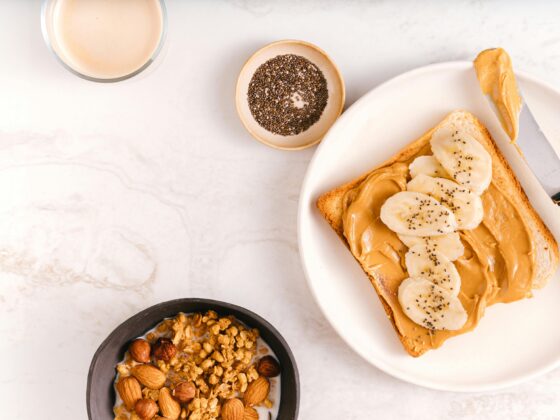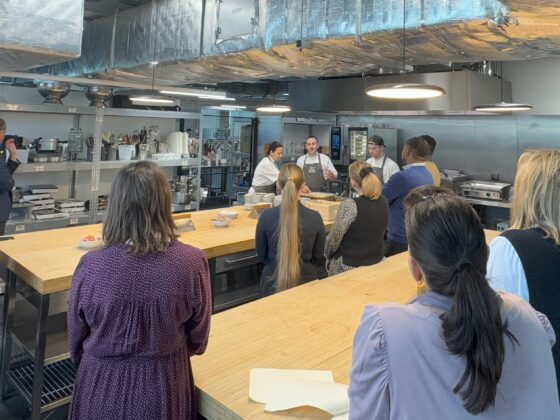7 Menu Engineering Secrets: Stop Leaving Money on the Table
When was the last time you gave your menu real strategic attention? For many operators, the menu is merely the final hurdle, a list of dishes rushed to the printers days before a seasonal launch. It tells the guest what the kitchen can cook and, hopefully, lists the right prices. But if you view your … Continued





